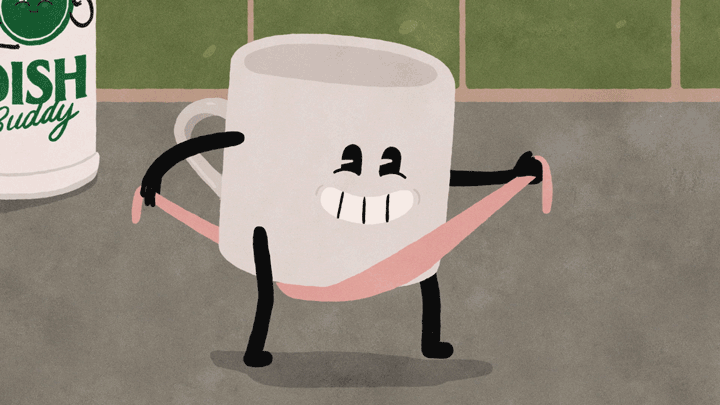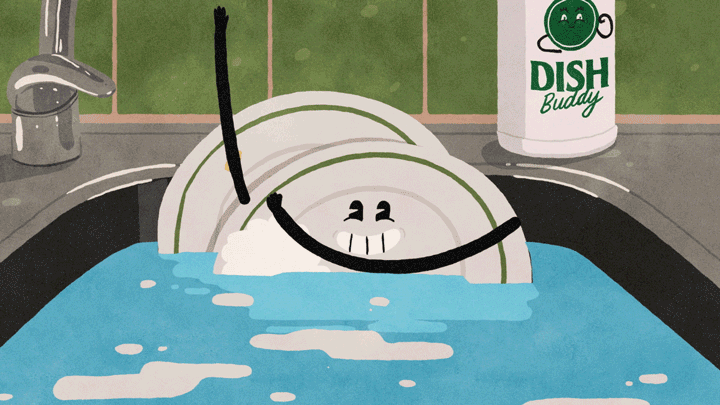- We Have No Reason to Believe 5G Is Safe (Scientific American) — "The latest cellular technology, 5G, will employ millimeter waves for the first time in addition to microwaves that have been in use for older cellular technologies, 2G through 4G. Given limited reach, 5G will require cell antennas every 100 to 200 meters, exposing many people to millimeter wave radiation... [which are] absorbed within a few millimeters of human skin and in the surface layers of the cornea. Short-term exposure can have adverse physiological effects in the peripheral nervous system, the immune system and the cardiovascular system."
- Situated degree pathways (The Ed Techie) — "[T]he Trukese navigator “begins with an objective rather than a plan. He sets off toward the objective and responds to conditions as they arise in an ad hoc fashion. He utilizes information provided by the wind, the waves, the tide and current, the fauna, the stars, the clouds, the sound of the water on the side of the boat, and he steers accordingly.” This is in contrast to the European navigator who plots a course “and he carries out his voyage by relating his every move to that plan. His effort throughout his voyage is directed to remaining ‘on course’."
- on rms / necessary but not sufficient (p1k3) — "To the extent that free software was about wanting the freedom to hack and freely exchange the fruits of your hacking, this hasn’t gone so badly. It could be better, but I remember the 1990s pretty well and I can tell you that much of the stuff trivially at my disposal now would have blown my tiny mind back then. Sometimes I kind of snap to awareness in the middle of installing some package or including some library in a software project and this rush of gratitude comes over me."
- Screen time is good for you—maybe (MIT Technology Review) — "Przybylski admitted there are some drawbacks to his team’s study: demographic effects, like socioeconomics, are tied to psychological well-being, and he said his team is working to differentiate those effects—along with the self-selection bias introduced when kids and their caregivers report their own screen use. He also said he was working to figure out whether a certain type of screen use was more beneficial than others."
- This Map Lets You Plug in Your Address to See How It’s Changed Over the Past 750 Million Years (Smithsonian Magazine) — "Users can input a specific address or more generalized region, such as a state or country, and then choose a date ranging from zero to 750 million years ago. Currently, the map offers 26 timeline options, traveling back from the present to the Cryogenian Period at intervals of 15 to 150 million years."
- Understanding extinction — humanity has destroyed half the life on Earth (CBC) — "One of the most significant ways we've reduced the biomass on the planet is by altering the kind of life our planet supports. One huge decrease and shift was due to the deforestation that's occurred with our increasing reliance on agriculture. Forests represent more living material than fields of wheat or soybeans."
- Honks vs. Quacks: A Long Chat With the Developers of 'Untitled Goose Game' (Vice) — "[L]ike all creative work, this game was made through a series of political decisions. Even if this doesn’t explicitly manifest in the text of the game, there are a bunch of ambient traces of our politics evident throughout it: this is why there are no cops in the game, and why there’s no crown on the postbox."
- What is the Zeroth World, and how can we use it? (Bryan Alexander) — "[T]he idea of a zeroth world is also a critique. The first world idea is inherently self-congratulatory. In response, zeroth sets the first in some shade, causing us to see its flaws and limitations. Like postmodern to modern, or Internet2 to the rest of the internet, it’s a way of helping us move past the status quo."
- It’s not the claim, it’s the frame (Hapgood) — "[A] news-reading strategy where one has to check every fact of a source because the source itself cannot be trusted is neither efficient nor effective. Disinformation is not usually distributed as an entire page of lies.... Even where people fabricate issues, they usually place the lies in a bed of truth."
∞
Friday facilitations
This week, je presente...
Image of hugelkultur bed via Sid
∞
How 'flu kills people
Nasty:
After entering someone's body—usually via the eyes, nose or mouth—the influenza virus begins hijacking human cells in the nose and throat to make copies of itself. The overwhelming viral hoard triggers a strong response from the immune system, which sends battalions of white blood cells, antibodies and inflammatory molecules to eliminate the threat. T cells attack and destroy tissue harboring the virus, particularly in the respiratory tract and lungs where the virus tends to take hold. In most healthy adults this process works, and they recover within days or weeks. But sometimes the immune system's reaction is too strong, destroying so much tissue in the lungs that they can no longer deliver enough oxygen to the blood, resulting in hypoxia and death.
Source: Scientific American

